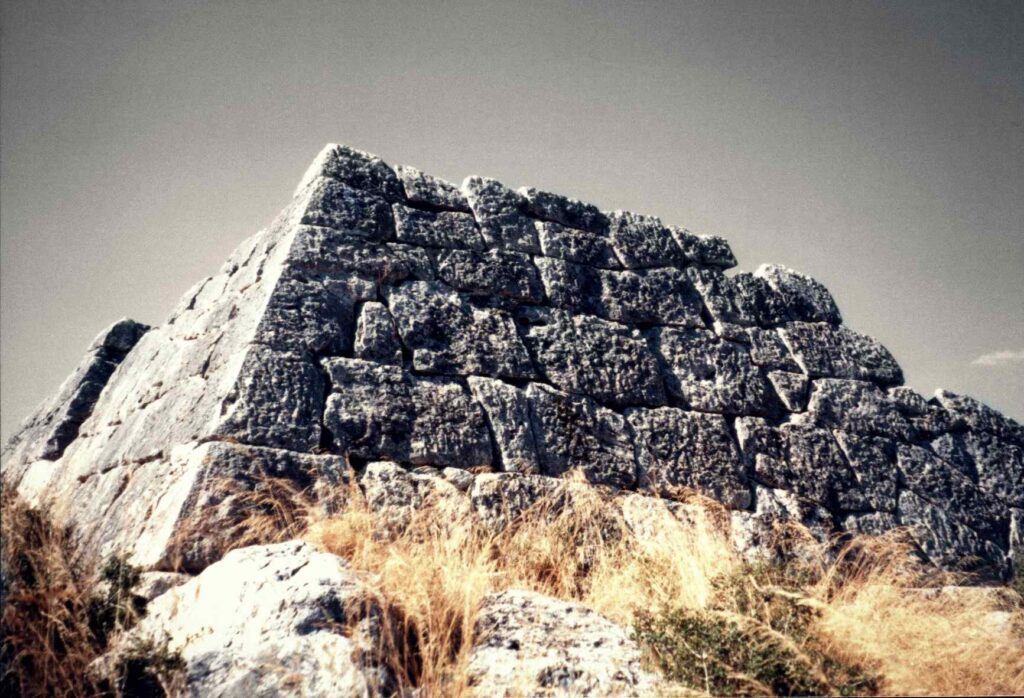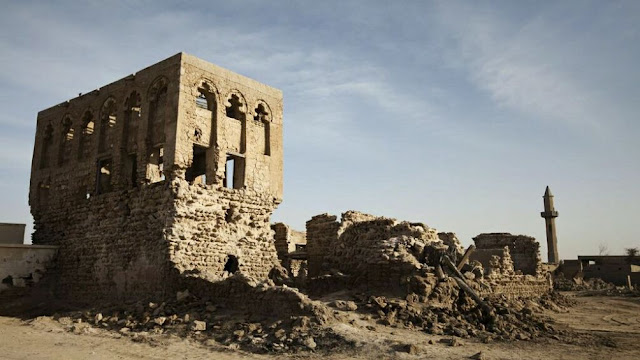It is not unusual to think of the Egyptian pyramids as mysterious ancient structures, but it is surprising to find similar structures in other parts of the world. One example is the Pyramids of Argolis in Greece, which includes the well-known Hellinikon Pyramid.
The Ancient Greek Pyramids

Southern Greece is home to several ancient structures that resemble pyramids, the most striking of which is located near the village of Hellinikon in Argolis, Eastern Peloponnese. Sadly, many of these buildings have sustained significant and irreversible damage.
According to Lazos (1995), there are several ancient pyramid-like structures in Greece, including:
The Hellinikon pyramid located in Hellinikon and Kephalari, which is the best-preserved of the group.
The Ligourio pyramid in Epidaurus, which only has its base remaining today.
The Dalamanara pyramid in Epidaurus, which only has traces remaining.
The Kambia pyramid, which was used as a tower for fire-signaling, in Nea Epidaurus, is preserved to some degree.
The Sikyon pyramid in Corinthia, which only has traces remaining.
The Viglafia pyramid in Neapoli (Laconia), which only has its base remaining.
The Amfio pyramid near Thebes (Thiva), which partly remains.
In addition to the pyramids mentioned above, there are two other structures that have been referred to as pyramid-like buildings: a cone-shaped pyramid in Chania, Crete, and the peak of Mt. Taygeto, which is known as the Rock Pyramid. However, it should be noted that the latter is simply the natural peak of the mountain and is the tallest in Peloponnese, standing at 2,407 meters.
Researcher Ioannis Liritzis (1995 & 1997) argues that there are over 20 ancient Greek pyramids, including pyramid-like structures in Astros (in Kynouria, south of Argolis), Neochori of Phthiotida (dated to 11,000 BC), Agios Andreas of Mt. Parnassos, Vathy (of Avlis, in northern Boeotia), and other locations.
The Pyramid Of Hellinikon

The purpose of the Hellinikon pyramid is uncertain, however, experts have proposed that it may have been built as a memorial for those who died in a battle that may have occurred at the location.
The Greek geographer and traveler Pausanias, in his book “Description of Greece” written in the 2nd century AD, mentions the Pyramid of Hellinikon.
“n the way from Argos to Epidauria there is on the right a building made very like a pyramid, and on it in relief are wrought shields of the Argive shape. Here took place a fight for the throne between Proetus and Acrisius; the contest, they say, ended in a draw, and a reconciliation resulted afterward, as neither could gain a decisive victory. The story is that they and their hosts were armed with shields, which were first used in this battle. For those that fell on either side was built here a common tomb, as they were fellow citizens and kinsmen.
No evidence of an actual tomb has been found within the pyramid’s walls.
The Intriguing Part Of The Hellinikon Pyramid
What truly fascinates theorists about the Hellenikon is that it was supposedly built in 2720 BCE, which is significantly older than any of the Egyptian pyramids. The mystery of what’s inside is intriguing, but the age is the main point of interest.
In 1938, an American archaeological expedition determined that the pyramid was built around 300-400 BCE. However, in 1991, a scientific team led by Professor Liritzis used a new method to calculate the age of the pyramid and placed it at around 3000 BCE. Later research by the Academy of Athens and the University of Edinburgh revised the date to 2720 BCE.
If the date of 2720 BCE for the Hellenikon pyramid is correct, it would be older than the pyramid of Zoser (Djoser) in Egypt, which is currently considered the oldest Egyptian pyramid. The age of the Egyptian pyramids and Sphinx is a controversial topic.
Despite its immense significance for understanding the beginnings of civilizations, the excavation of the ancient monument in Hellinikon has been abandoned, and its true history is almost lost today. Strangely, this great discovery has not received much attention.



